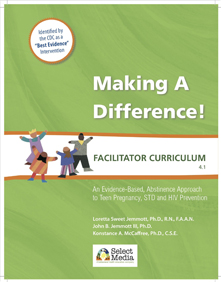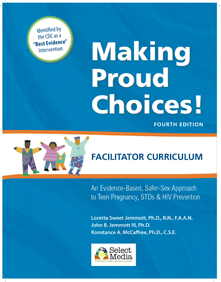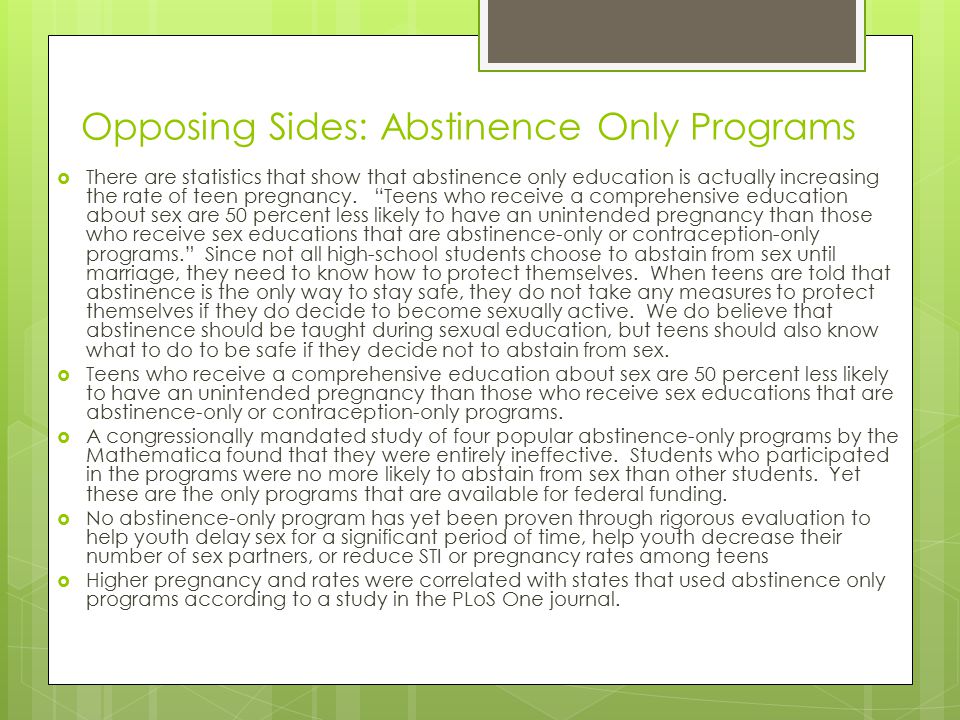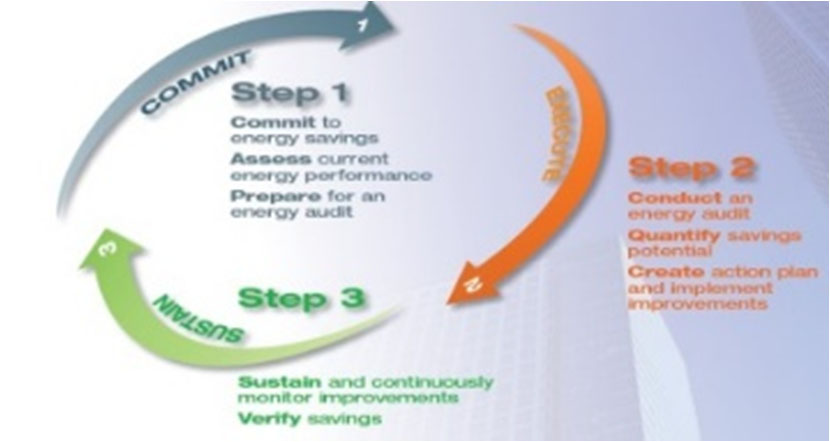
Harm reduction, or harm minimization, is a range of public health policies designed to lessen the negative social and/or physical consequences associated with various human behaviors, both legal and .
The National Highway Traffic Safety Administration estimates 10% of fatal crashes (3,328) and 18% of injury crashes (421,000) were attributable to distracted driving in 2012.
Mathematica’s evaluation found no evidence that abstinence-only-until-marriage programs increased rates of sexual abstinence—the entire …
Evaluation for education, learning and change – theory and practice. Evaluation is part and parcel of educating – yet it can be experienced as a …
11 Publication #2011-24 September 2011 Preventing Multiple Risky Behaviors among cents: Seven Strategies Mary A. Terzian, Ph.D., M.S.W., Kristine M. Andrews, Ph.D., and Kristin Anderson Moore, Ph.D.


Feb 10, 2014 · CDC’s Division of Sexually Transmitted Diseases Prevention (DSTDP) is concentrating its efforts on four priority areas to guide STD prevention, maximize long term impact, and reduce health disparities:




The U.S. Department of Education’s Office for Civil Rights announced this spring that the number of suspensions and expulsions in the nation’s public colleges had dropped 20 percent between 2012 and 2014.

Teen driving safety research team at CHOP works to reduce the frequency and severity of teens’ motor vehicle crashes, injuries, and fatalities.
Douglas Kirby ETR Associates Karin Coyle ETR Associates Forrest Alton South Carolina Campaign to Prevent Teen Pregnancy Reducing cent Sexual Risk
Decades of research have identified dozens of programs that are effective in helping people prevent pregnancy, HIV, and STDs. These programs provide people with accurate, honest information about abstinence as well as contraception.

Recent Comments